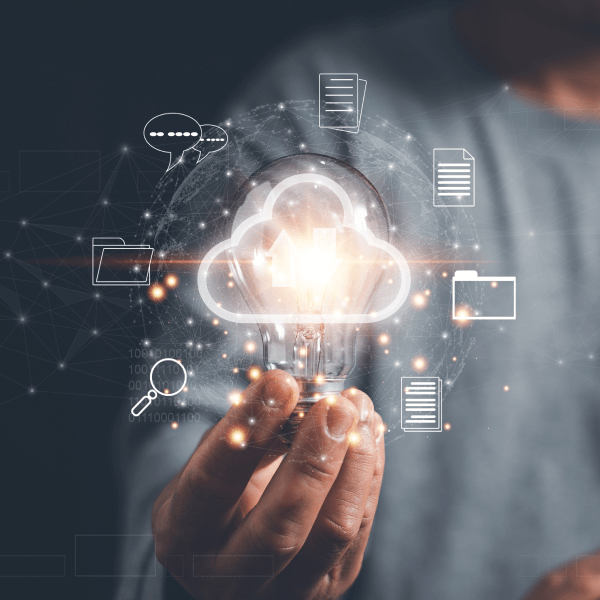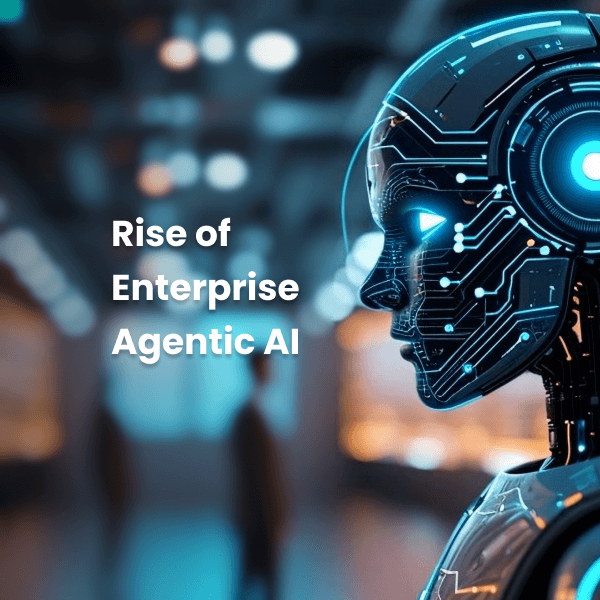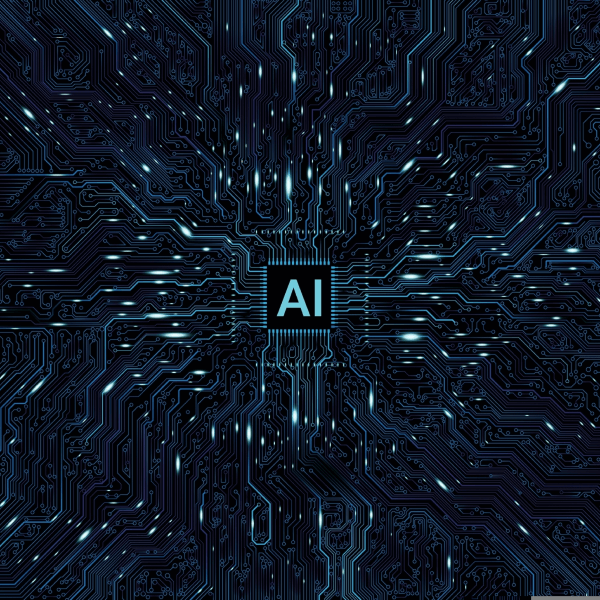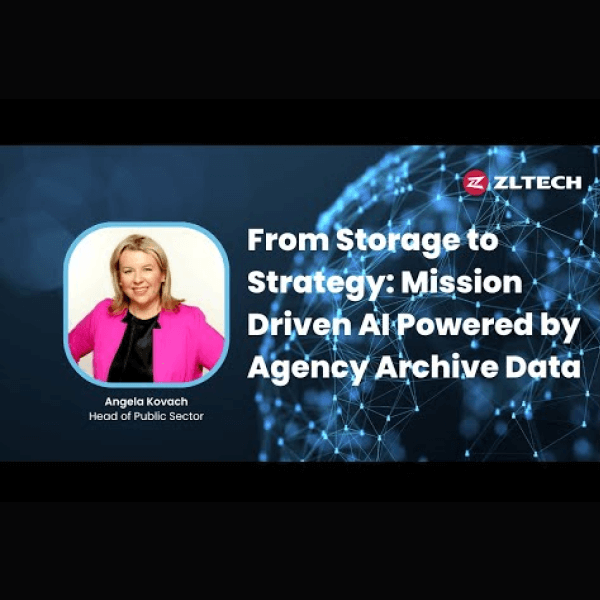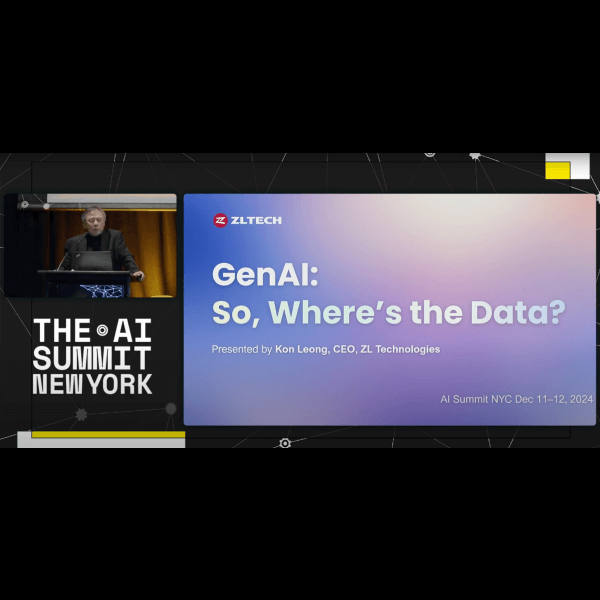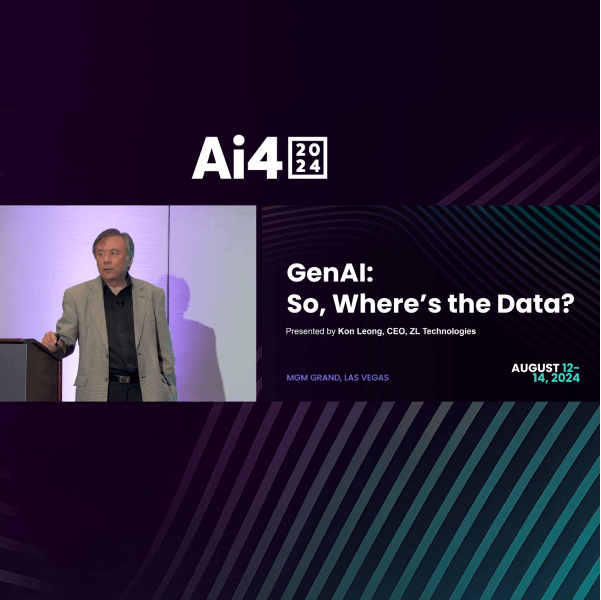By fusing automation and machine learning, artificial intelligence (AI) has turned many heads, including those in Human Resources (HR). However, HR is still struggling with recruiting, employee growth, retention, and more. That is because most HR today practices traditional methods to get information for recruiting, training, and retention.
What HR really needs are modern-day insights into the workforce to help answer key questions. For example, “What sort of teammate would this department be best suited with?” Or “Based on each department’s unique skillsets, which type of training is required?” However, a major issue here is that HR lacks the technologies required to derive quality analytics. And that’s where AI and HR analytics can help.
HR and AI Today
In some companies, HR is already using AI to sift through hundreds of resumes and profiles for recruiting. AI is already being used to conduct introduction training during onboarding and identify bottlenecks in worker productivity by keeping tabs on their online movements. And in some cases, AI is helping in learning and development by creating data-based career paths for each individual.
But still, HR faces major challenges.
The Challenge
The Harvard Business School performed a survey and found that 88% of HR executives learned that their tools rejected several qualified candidates. In one instance, the algorithm rejected many qualified job seekers who may have been missing just a few skills from the list. In another instance, candidates were rejected by AI due to a work gap in candidates’ resumes for more than six months. These gaps may represent legitimate life events, like pregnancy, military deployment, or illness.
Another pressing issue is privacy and cybersecurity risks. With a growing number of organizations using AI to store business information, data security is more critical than ever. HR must be able to reassure employees that their personal information, like Social Security numbers and bank details, is secure.
The HR Analytics Solutions
Modern-day search and governance technology can help cull through all the organization's data, including massive amounts of hidden unstructured data that is usually out of sight. This unstructured data is spread across email, messaging, and file repositories, and contains the entire repository of all corporate knowledge—however, until now, it has not been leveraged. The same tools can then be used to manage, remediate, and preclude any sensitive data that is unfit for analytics.
HR analytics solutions can produce insights on the human side of the organization. These insights are presented in a graphical format that provides a comprehensive overview of the business for easier understanding.
Furthermore, the learnings from the insights can be used to train AI tools better and achieve better results during hiring, training, retention, and more.
Final Words
AI is significantly impacting HR by automating tasks and providing data-rich insights for objective decision-making. However, HR professionals must recognize that AI cannot replace human involvement. Hence, companies should strike a balance between technology and human involvement to maximize benefits. Contact our experts here for more information on HR analytics.
